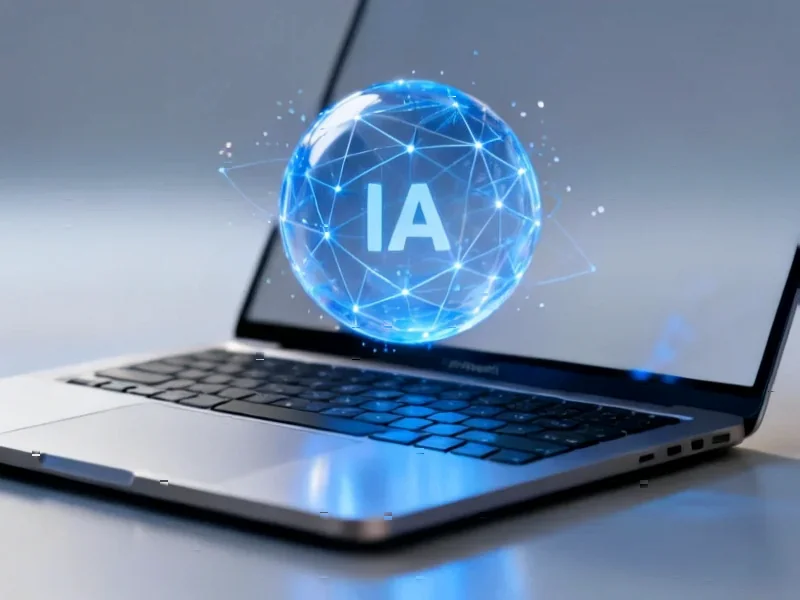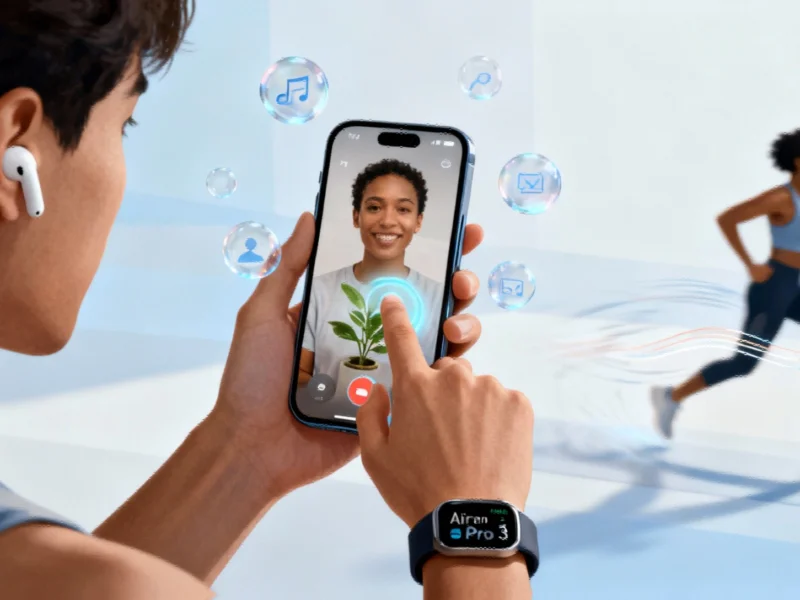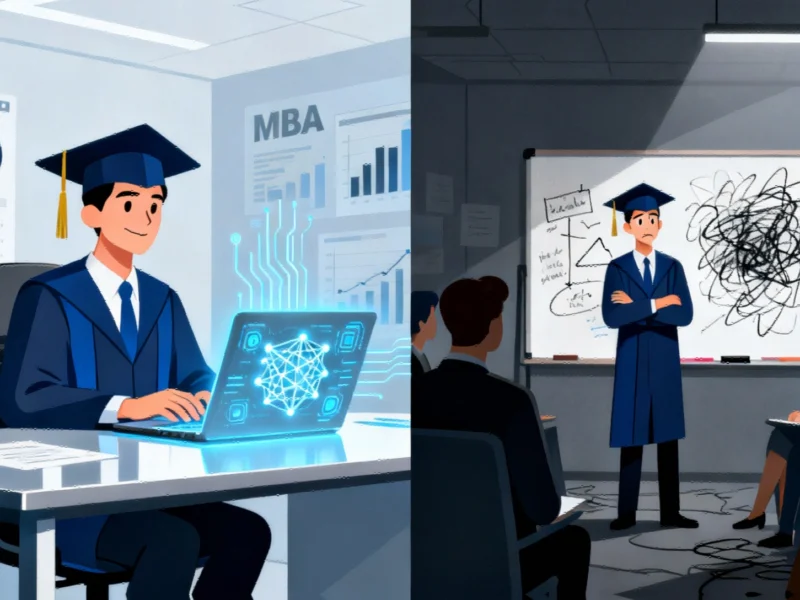According to ZDNet, OpenAI launched its Sora 2 AI video and audio engine back in September and has now made the free Sora by OpenAI app available for both Android and iOS users. The app previously required pesky invite codes and was iOS-only at launch, but that restriction has been lifted. A limited-time promotion allows users to try the Sora app without any invite code requirement on both platforms. The app features a social-media-like interface where users can create personalized AI-generated videos and interact with others’ creations. OpenAI says Sora 2 offers significant improvements over the previous model, including synchronized dialogue and sound, better physics understanding, and more realistic results. After the current promotion ends, users will need invitation codes to access the app.
The Mobile-First Strategy
Here’s what’s really interesting about this move. OpenAI could have kept Sora as an exclusive, invite-only web product. Instead, they’re going straight to mobile with a social media-style interface. That tells you everything about their strategy. They’re not just building another AI tool – they’re building a platform. The social discovery features mean they want this to become sticky, something people check daily like TikTok or Instagram. And by making it free with “generous limits,” they’re clearly prioritizing user growth over immediate revenue. Basically, they’re betting that getting millions of people creating and sharing AI videos will be more valuable than charging a small group of power users.
Taking On Google Directly
Now let’s talk about the elephant in the room. OpenAI’s Sora 2 directly competes with Google’s Veo 2, but the access models couldn’t be more different. Google locked Veo 2 behind their Gemini Advanced subscription, while OpenAI is giving Sora away for free. That’s a massive strategic difference. Is OpenAI being generous, or are they just better positioned to absorb the compute costs? Probably both. But this move puts immediate pressure on Google to either lower their barriers or accelerate their own free offerings. The timing here is perfect – right before holiday season when people have more time to play with new apps.
What You’re Actually Getting
So what does Sora 2 actually do? According to OpenAI’s official announcement, we’re talking about synchronized dialogue and sound, which previous models struggled with. The physics understanding is better, meaning fewer of those weird AI artifacts where objects float or melt unnaturally. But here’s the thing that caught my attention – the likeness protection. You record yourself once, and that becomes your digital double for cameos in other videos. That’s both incredibly cool and slightly terrifying. The safeguards matter because without them, this could become a deepfake nightmare. OpenAI seems aware of the responsibility here, which is reassuring.
Why This Changes Everything
Think about where we were just a year ago with AI video. Most people hadn’t even tried it, and the results were… questionable at best. Now we have photorealistic, physics-aware video generation available for free on the device in your pocket. The barrier to entry has effectively disappeared. Anyone with a smartphone can become a content creator without cameras, lighting, or editing skills. That’s going to flood social platforms with AI-generated content faster than anyone can prepare for. The real question isn’t whether you’ll try Sora – it’s how quickly this will reshape how we think about video creation altogether. Buckle up, because things are about to get interesting.




